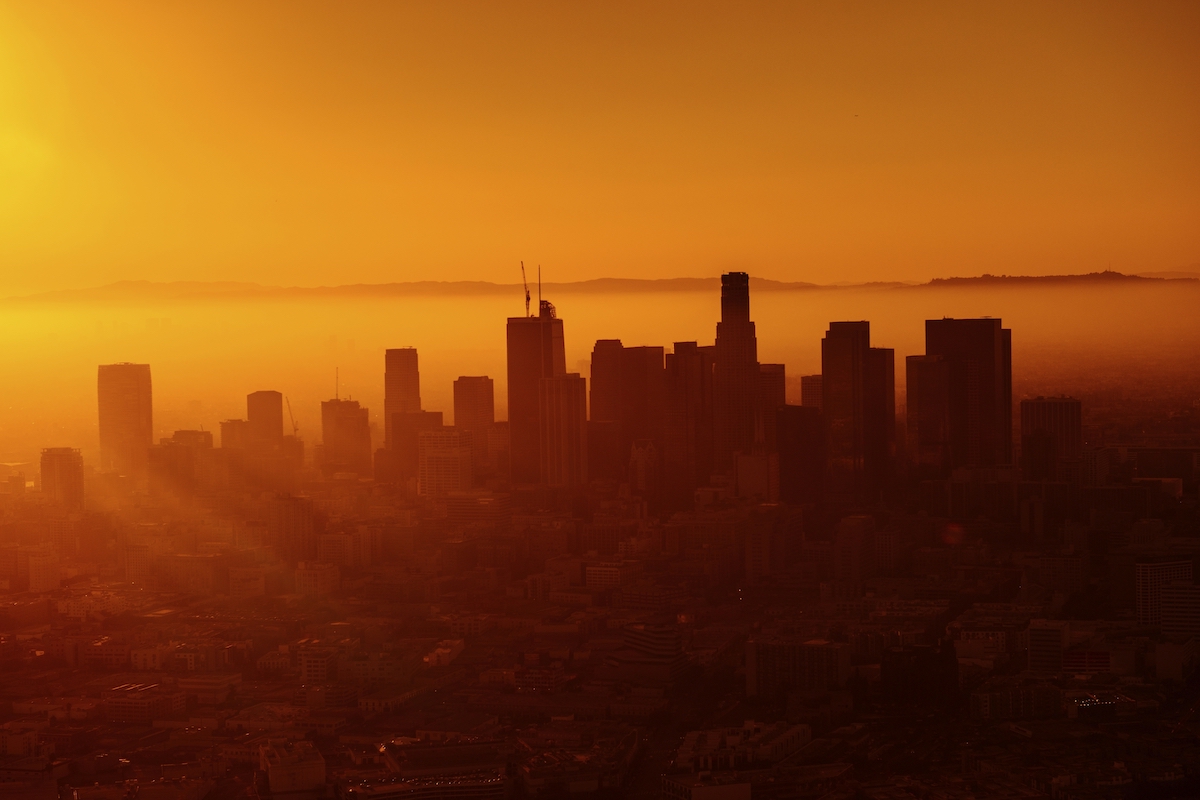LOS ANGELES — As triple-digit summer temperatures sweep Southern California, Marta Segura is treating extreme heat as a public health crisis.
Segura, LA’s Climate Emergency Mobilization Director, also became its first Chief Heat Officer (CHO) in June 2022. As the region has seen record July heat with little relief, she has prioritized accessibility to cooling resources, particularly for underserved LA communities.
Extreme heat, the country’s top weather-related killer, is generally defined as at least two to three days of high heat and humidity with temperatures above 90 degrees Fahrenheit. On an extreme heat day, there’s an average of 8,222 more emergency room visits across California for related issues. Of these, 1,510 are in LA County alone. An estimated 16 additional people there die on the first day of extreme heat, with 40 more deaths a day by the fifth.
These hospitalizations and deaths disproportionately affect communities of color living in low-income, historically redlined neighborhoods, said Segura, “where the houses don’t have AC or air filtration. When you start approaching heat vulnerability that way, it’s not only a sustainability issue — it’s public works, building development, water and power, tree shade and park access, and certainly a matter of public health.”
Heat is the top public health risk in LA, which experiences heat waves five times more often than it did 10 years ago. As extreme heat waves in Los Angeles become longer, more frequent and more intense, public outreach becomes ever-more crucial. Across her Heat Relief 4 LA social media campaign, Segura emphasizes that “It’s not your typical summer anymore. Extreme heat can run from June to November. As this means our bodies have less time to recover, we also distribute information on symptoms of heat exhaustion and heatstroke, and resources to cool off before hitting that point.”
Foremost among these resources are cooling centers; in Los Angeles, currently 119 are open. “We’ve established cooling centers and hydration resources throughout the city in facilities like libraries, senior centers and community centers,” said Segura. “We also made an app, Cool Spots LA, where you can find where and when they’re open, alongside other cooling spots like shade structures, hydration stations, and bus shelters.” Currently, only a quarter of all LA Metro bus stops are shaded.
The need for heat interventions like these can vary drastically from neighborhood to neighborhood, partly because of the region’s coastal and inland microclimates. Accordingly, the city’s emergency alert system now uses National Weather Service data to identify heat wave severity in specific parts of LA.
However, these stark regional heat differences also owe to shade inequity. Research shows that with each 10% of canopy cover, trees keep ground-level temperatures about 2 degrees cooler. In a city where over half the surfaces are dark concrete or asphalt — which absorbs up to 90% of solar radiation — 20% of tree canopies are concentrated in four neighborhoods where less than 1% of the population live.
To address this inequity, 65,000 trees have been planted citywide in continuation of a 2019 plan by former Mayor Eric Garcetti to increase canopy coverage 50% by 2028 across LA’s least green neighborhoods. The aim is 90,000 trees by 2028.
Environmental inequity is a testament to why extreme heat is a public health issue, said Segura. “LA’s least green areas are historically disadvantaged neighborhoods where we not only see more heat-related illnesses but also more pollution and exacerbated chronic illnesses like asthma.” Hence, life expectancy in wealthy areas with ample green space like Beverly Hills is as high as 90, while that in disadvantaged south LA neighborhoods less than 15 miles away is as low as 77.
Thus, she continued, when heat policies “coordinate with departments across the city, the county, and” — under Gov. Gavin Newsom’s historic $800 million Extreme Heat Action Plan — “the state, the result can be life-saving.” Nevertheless, CHOs remain rare. Segura is joined by only two in the nation — in Phoenix, Arizona and Miami, Florida — and seven worldwide.
However, she continued, it’s becoming a matter of course for cities to develop not only general climate plans, but also heat action plans. These are largely a matter of “short-term planning for public engagement and emergency response, and long-term planning for public health and resilient infrastructure,” she added.
The heart of her work as LA’s CHO, Segura said, is aligning climate equity gaps with public health results: “to treat one is to improve the other. We can see the results all over the world — if we have no plan, it’s only going to get hotter and hotter.”





